RECIRCULATING CHILLER
MAKE DINESH SCIENTIFIC
DESCRIPTION:
A cooling system called a recirculating chiller is made to take heat out of machinery or processes and return chilled fluid to the application. In several industrial, laboratory, and research contexts where accurate temperature control is necessary for the best operation of machinery or processes, these chillers are frequently utilized. The main elements and operations of a recirculating chiller are as follows:
COOLING SYSTEM:
- Recirculating chillers are primarily used to cool a fluid to a predetermined temperature, most commonly water or a water-based solution.
- After that, a closed-loop system uses this chilled fluid to transfer heat from the target process or piece of equipment.
COMPRESSOR:
- Compressors are commonly used in recirculating chillers and are essential to the refrigeration cycle.
- The refrigerant gas releases heat and turns into a high-temperature, high-pressure gas when the compressor pressurizes it.
CONDENSER:
- Arriving to the condenser, the compressor’s high-temperature, high-pressure gas releases heat into the surrounding air and changes phases to become a high-pressure liquid.
EXPANSION VALVE:
- The expansion valve lowers the temperature and pressure of the high-pressure liquid refrigerant once it has passed through.
TEMPERATURE CONTROL:
- Recirculating chillers frequently have sensors, displays, and temperature control systems installed.
- With the use of these parts, users precisely manage the application’s temperature by setting and keeping track of the chilled fluid’s desired temperature.
SAFETY FEATURES:
- Safety features like low-level refrigerant alarms
- Over-temperature protection
- Other monitoring systems are commonly included in recirculating chillers
- Which help to guarantee the dependability and security of the cooling process.
- Semiconductor production
- Laser systems
- Other activities requiring precise and consistent temperature control are among the many industries that use recirculating chillers.
TECHNICAL DETAILS:
| MODEL | DS-RC-40-80 |
| Immersion Probe | Maintenance-free design. |
| Design | An immersion cooler is intended to apply a temperature of -78°C to particular fluids in an exterior vacuum-jacketed stainless steel tank for a reaction. |
| Pt100 External Sensor | 1.5 meter length, Dia. 200×6 mm |
| Immersion Probe (Inflexible Coil Type) | H x Ø = 5.4 x 12 cm |
| Working Temperature Range (°C) | -90 to 30 (RT) |
| Temperature Stability (°C) | ±1 |
| Temperature Indication/Selection | LED/digital |
| Resolution | 0.1 |
| Temperature Control | PID |
| Cooling Capacity (Medium: Ethanol) (W) | Temperature (°C) – Cooling Capacity (W)
20°C – 300 W -20°C – 240 W -40°C – 230 W -80°C – 50 W |
| Connection Tube Length (cm) | 150 to 160 |
| Weight | 55 Kg |
| Keypad | Splash-proof membrane keypad with inbuilt waterproof ON/OFF switch |
| Castor Wheel | Inbuilt with unit for easy movement |
| SS Jacketed Vessel | Supplied along with the immersion cooler, locally (500 mL capacity) |
| Ceramic Coated Magnetic Stirrer | Supplied with immersion cooler |
| Dimensions (W x L x H) (cm) | 38 x 55 x 60 |
| Calibration Facility | Inbuilt |
| Refrigerant | R23 + R404A |
| Safety Classification | IP21 (Protection against dripping water temperature) |
| Alarm | Both Optical and Audible |
| Venting Grid | In order to position extra instruments without being exposed to heated air, there is front and rear side venting instead of side venting. |


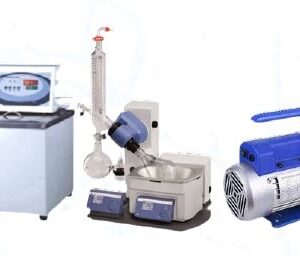
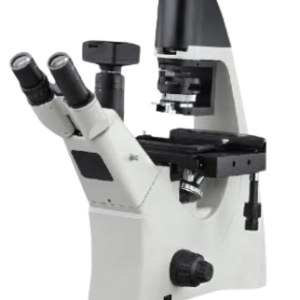

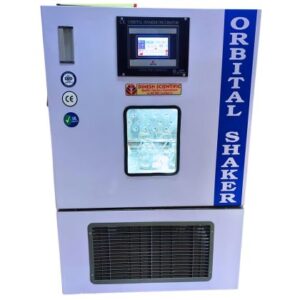
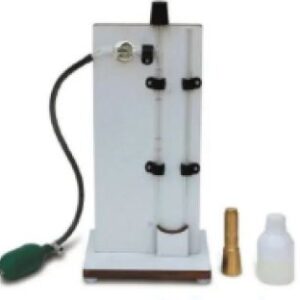




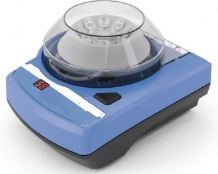
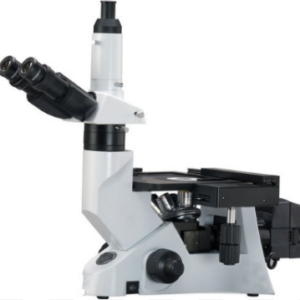
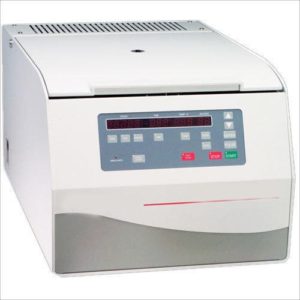

Reviews
There are no reviews yet.